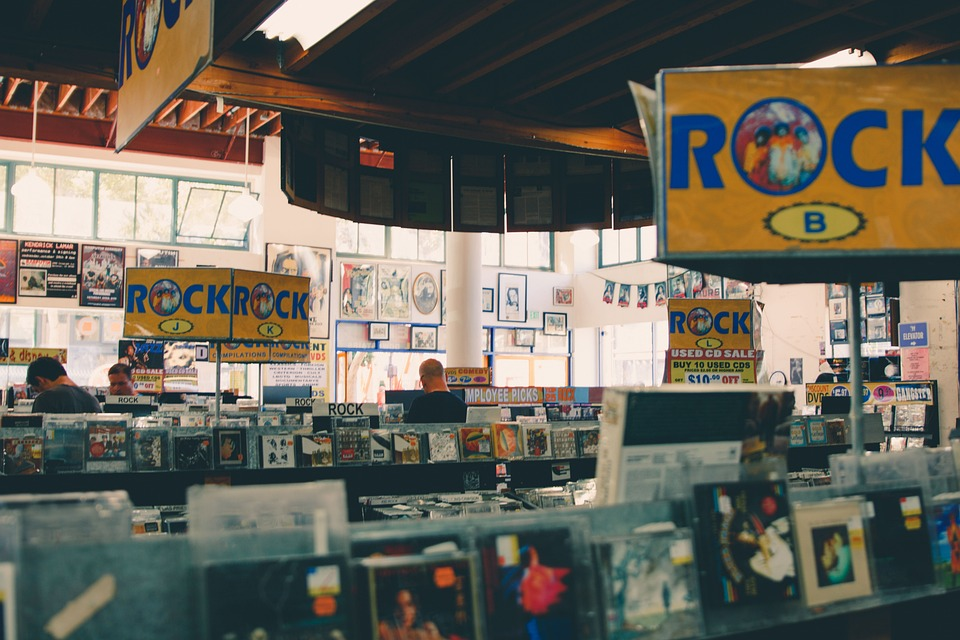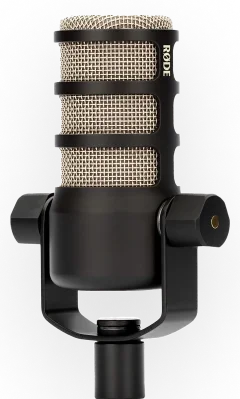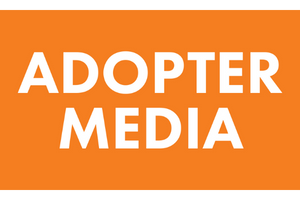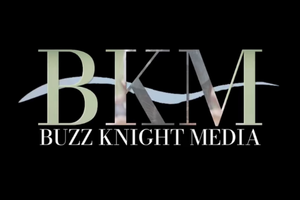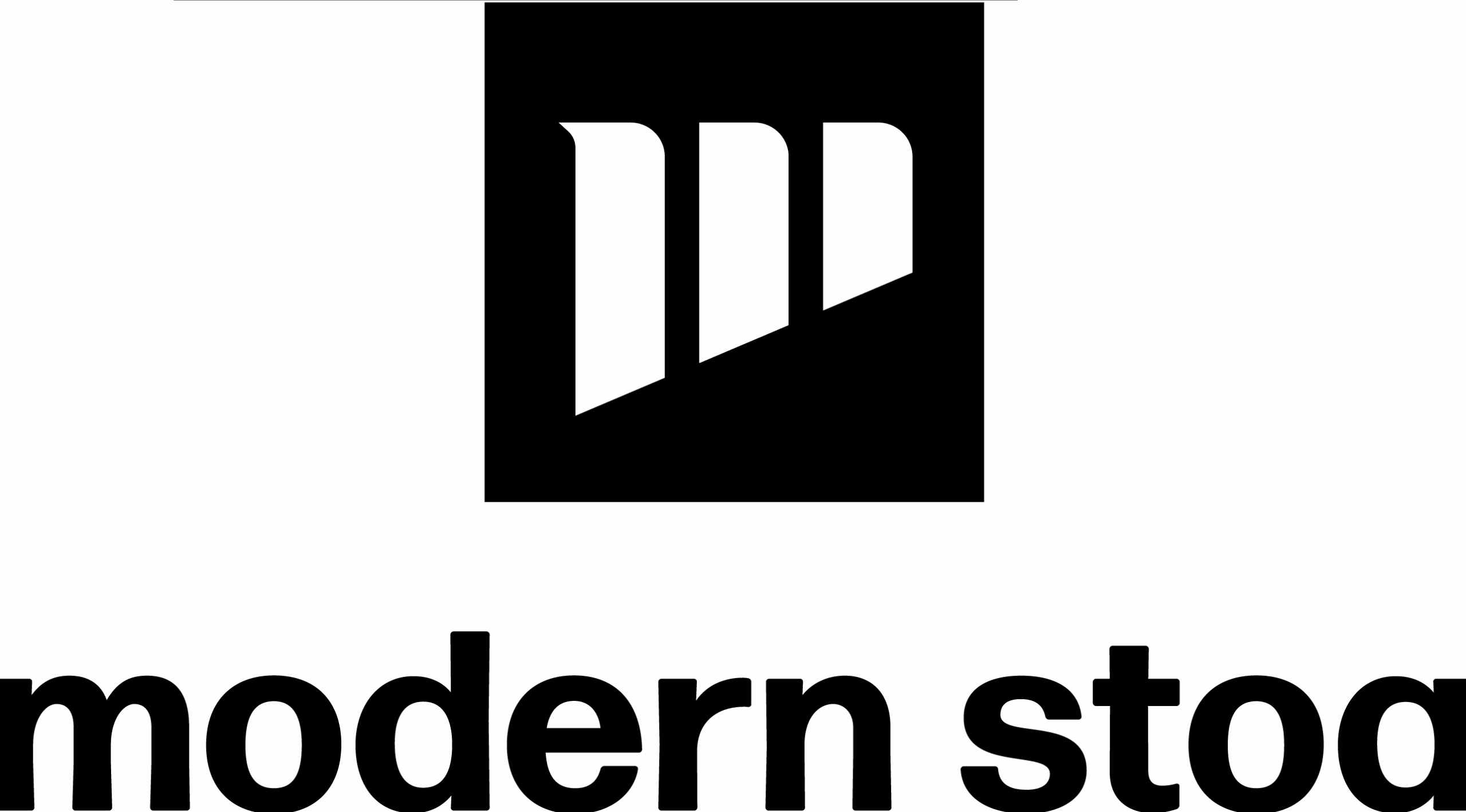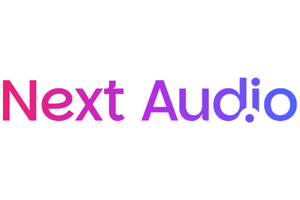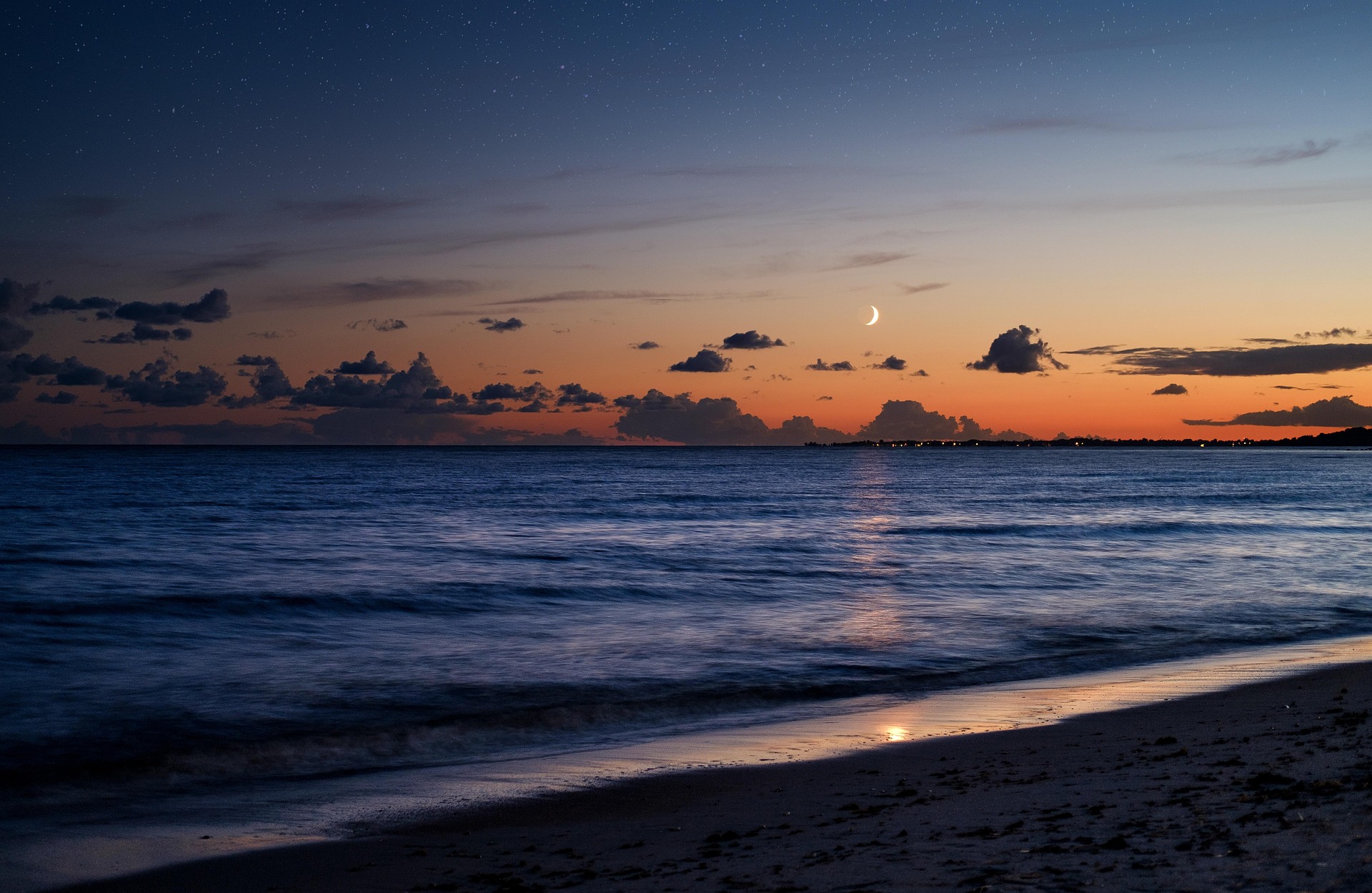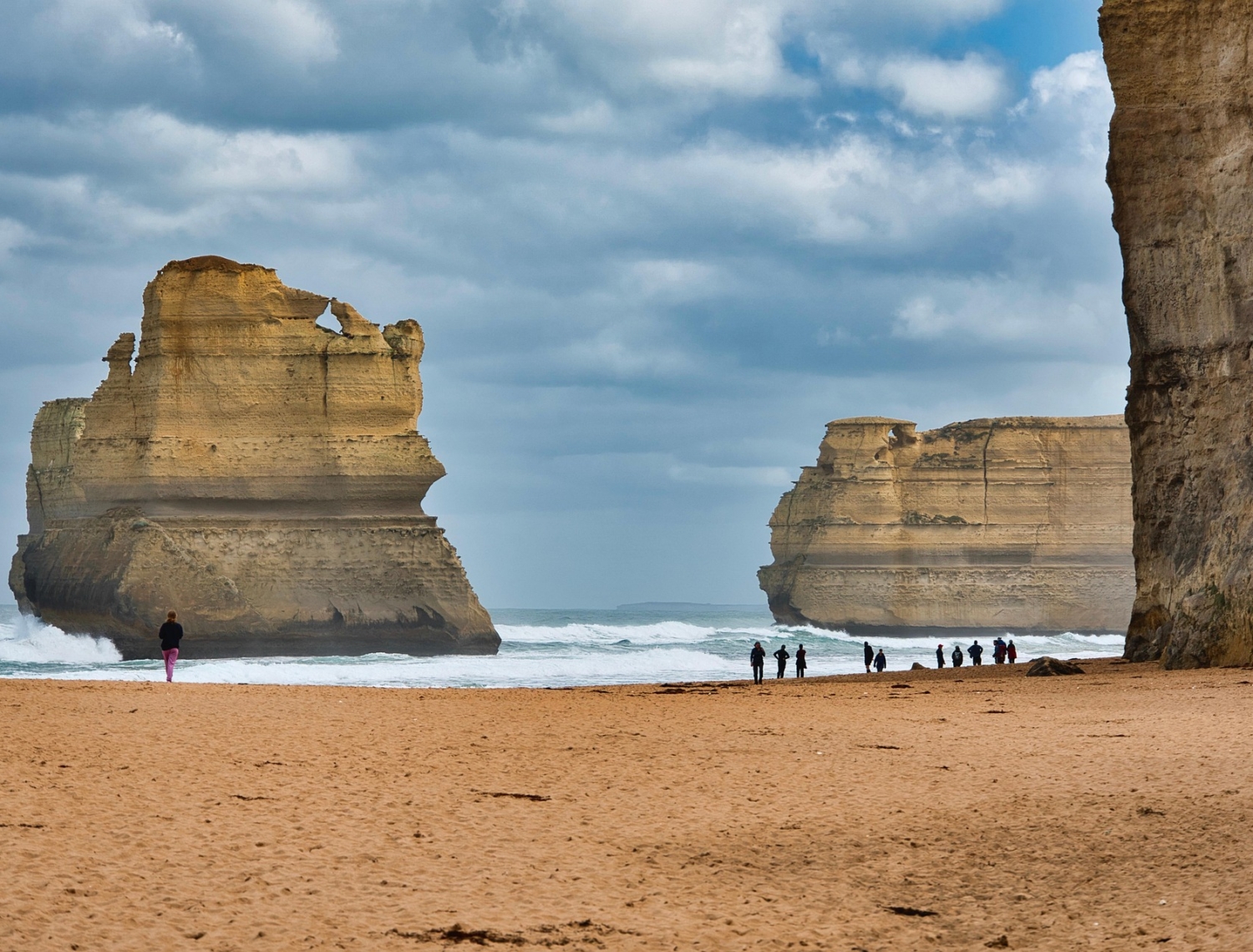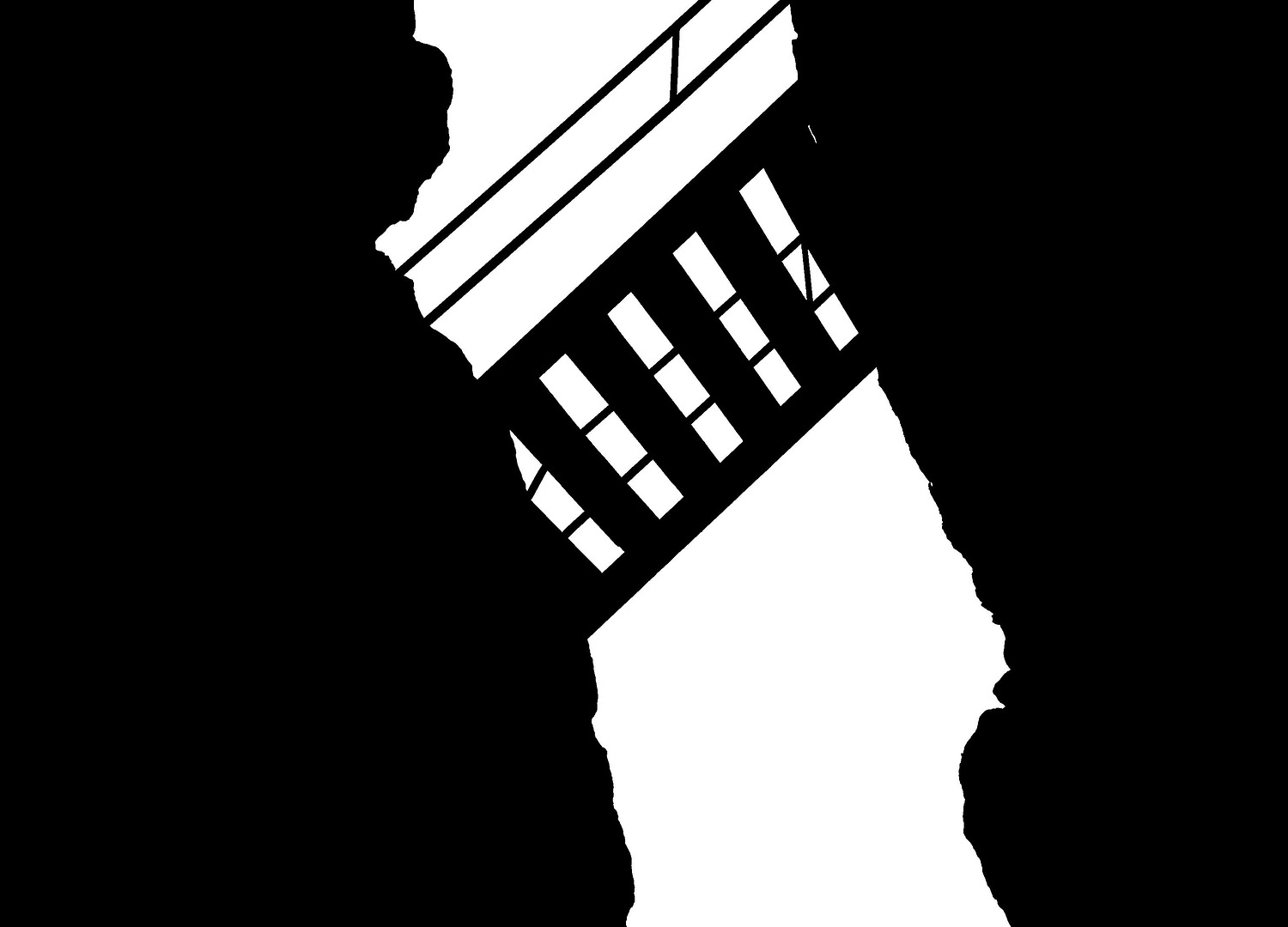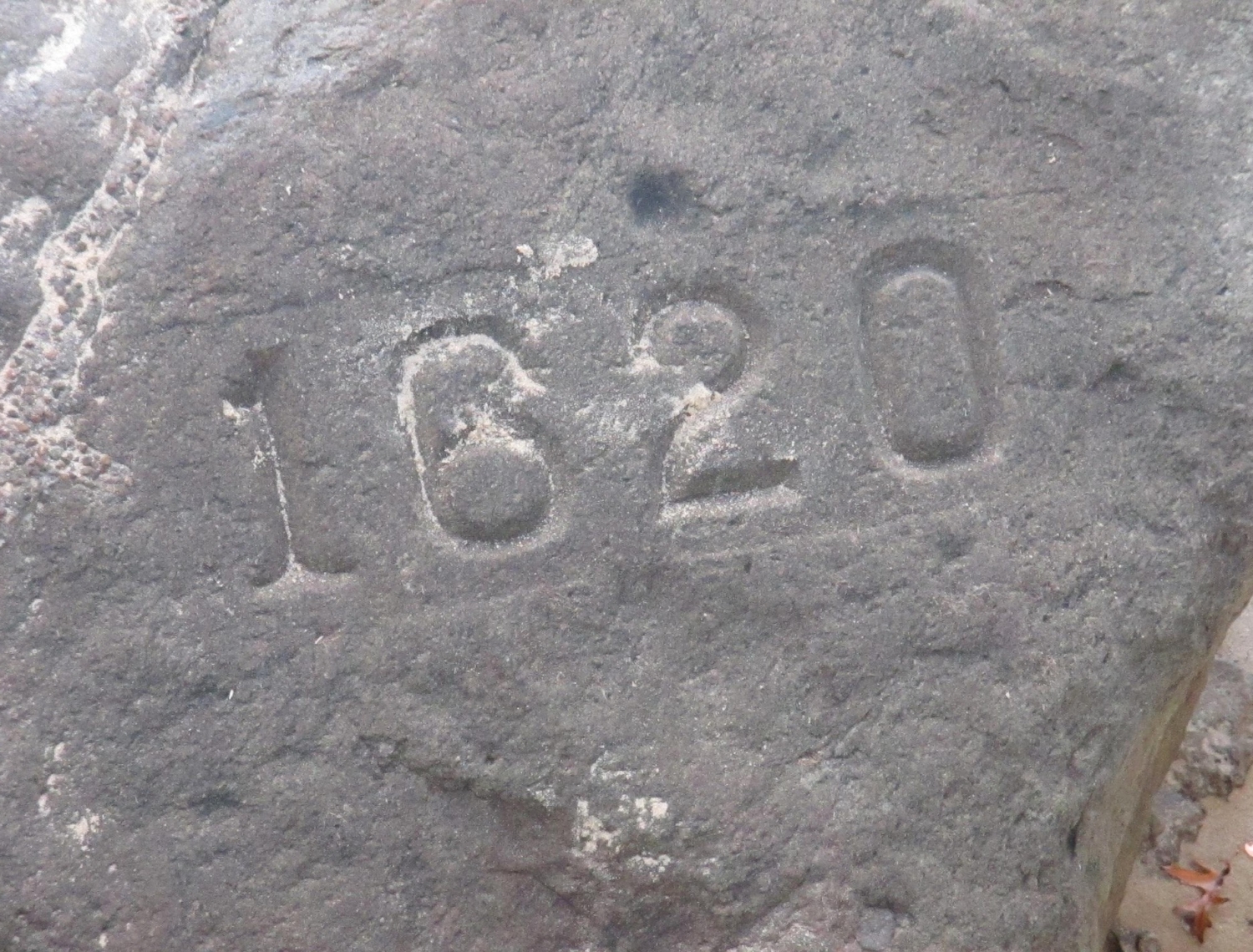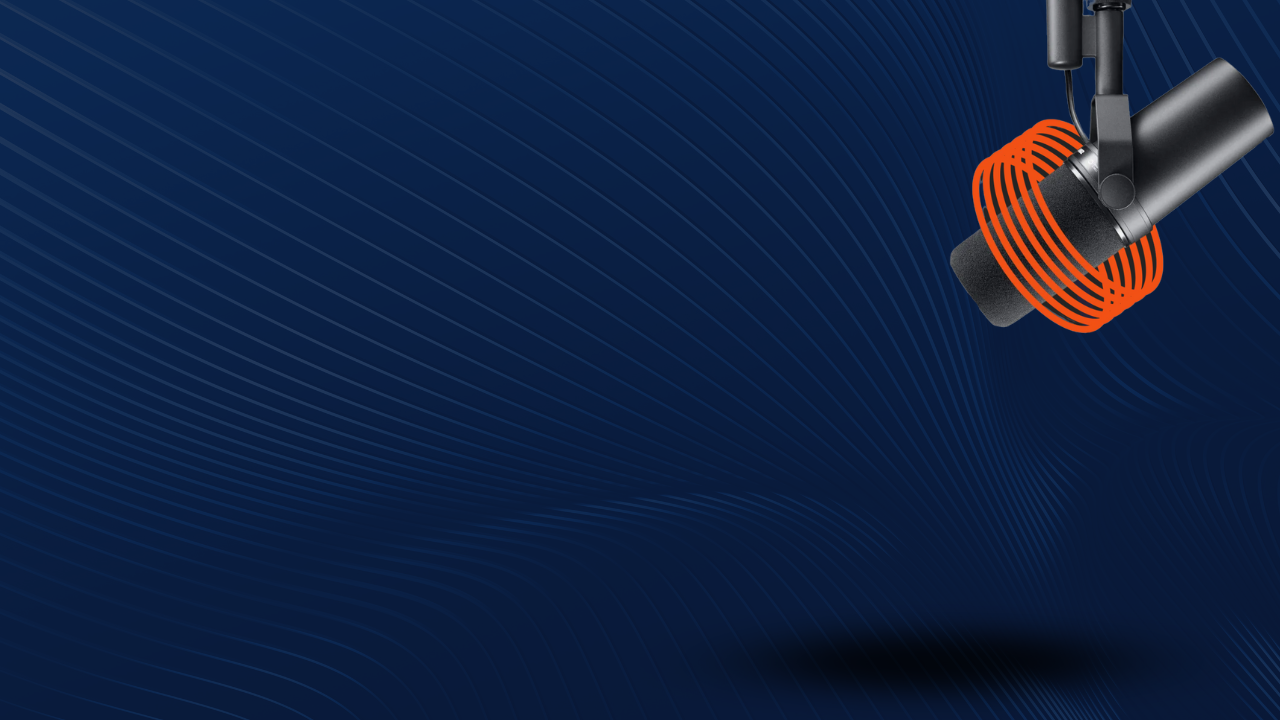This week on the Product Deepdive, Caleb Mansfield and Bryan Barletta demystify the vast possibilities of VAST tags. Tune in now for a half-hour discussion on just what video ad-serving templates - despite the video-centric name- can do for all forms of podcasting (including how it’s used today). Tune in now!
Here’s a thing I think about a lot – how people discover podcasting. Not a particular podcast, but the entire medium. Most of the received wisdom in podcasting today comes from people who discovered it because they were interested in the technical bits: audio enclosures, RSS feeds, etc. Those things still matter. Heck, my first podcast wasn’t much more than a “Watson, Come Here!” designed to see if I could do the thing, not to entertain.
A lot of the advice we continue to get in podcasting is focused on these things. The tech changes all the time, so I get it. I, too, am interested in the changes in downloads that the recent iOS updates have wrought. I’m keeping up on the continuing evolution of Podcasting 2.0, and transcripts, AI, show notes, SEO, cross-promos, the size of your cover art, and a hundred other things that don’t do anything to make your show great. We’ve been neck-deep in the technicalities, often at the expense of truly grasping who we’re speaking to.
Here’s the kicker: keeping up with changes in the tech is only half the story. The other half? Keeping up with shifts in the audience. And wow, how they’ve changed. The landscape of podcast consumption has shifted dramatically, with video podcasting emerging as a formidable force. Yet, there’s a palpable resistance, a sort of disdain for this evolution. Never mind that video podcasts are as old as audio podcasts, with pioneers like French Maid TV, Revision 3, Beach Walks with Rox, and even TWiT driving the medium forward as much as anyone. It’s as if acknowledging video podcasts as part of our story would somehow dilute the purity of the audio-only experience. But to ignore this trend is to ignore the very essence of what it means to connect with our listeners.
The On-Ramps Have Changed
This is NOT an article about video, but I’ll pull from the topic to make my point here. Our recent study, Sound You Can See, revealed that video isn’t pulling listeners away from audio; it’s simply offering another avenue for engagement. The audience isn’t choosing one over the other; they’re embracing both, depending on their environment and circumstances. This isn’t a zero-sum game. It’s an expansion of the playing field.
The reasons for this are fairly clear, and summed up in three stats:
-
Video podcast consumers who discovered podcasting less than five years ago: 83%
-
Platform where video podcast consumers first discovered podcasting: YouTube (41%)
-
Percent of video podcast consumers who also listen to audio podcasts: 86%
Video podcast consumers are also audio podcast consumers – they just came to us in a different way, and don’t look the same as the medium’s early adopters. The numbers don’t lie: In any given month, 18 or 19 of the top 20 podcasts (actual audio podcasts) are also available on YouTube, a fact that can’t be dismissed as mere coincidence.
The audience for these 20 podcasts, by the way, represents a double-digit percentage of our entire audience.
If you started listening to podcasts in the 2000s, your point of entry was very likely iTunes or a piece of software called a “podcatcher”; i.e., a thing you would fire up because you were already a podcast fan and you wanted to listen to a podcast. But the on-ramp to podcasting today is changing. That doesn’t mean the audio-only podcast consumer still doesn’t exist. Of course they do. They just have company.
If we aren’t at least as curious about the changes in the audience for podcasting as we are about changes in RSS specs, we are lost. Still, the resistance to these changes persists, fueled by a stubborn adherence to outdated definitions of what a podcast “should” be. This narrow-mindedness is not just limiting; it’s potentially damaging. By dismissing the video podcast audience, we’re not just turning our backs on a segment of our listeners; we’re undermining the growth of the medium itself.
It’s Fun Not To Count Things, Until It Isn’t
And here we come to an inconvenient truth, my friends. What happens if we excise these new listeners from the ranks of podcast consumers? What happens if we agree, because of some received dogma from 10 years ago, that we just don’t count these podcast listeners, or the podcasts they happen to watch on YouTube?
Here’s what happens: all of that recent growth in “listeners” we have seen these past few years goes away.
The truth is, the way people discover and consume podcasts is changing. The on-ramps to podcasting are diversifying, and if we’re to thrive in this audio-first (but not audio-only) world, we need to embrace these changes. We need to be where our audience is, whether that’s on traditional podcast platforms or on the screens they’re glued to, and we need to be curious, not dismissive about how audiences are changing.
Audiences change VERY quickly. Netflix, once the home of House of Cards and Orange is the New Black, is now a landfill of straight-to-video action clunkers and mediocre stand-up. It took a pandemic, plus Robert Downey Jr. and Chris Evans (and plots) leaving the MCU to utterly destroy what was left of the movie-going audience. TikTok, a single brand, has blown right by all of podcasting in monthly users in less than five years. Like General Eric Shinseki famously quipped, “If you don’t like change, you’re going to like irrelevance even less.”
If I sound frustrated, it’s because I am. There are two levers you can move to be a better podcaster: you can learn more about the craft of podcasting, and you can learn more about your audience. This industry spends almost all of its time in the former to the sad, almost incurious neglect of the latter. But the audience is always in control, and they always will be.
The Vinyl Word On The Topic
I’ll close with this. There used to be stores in this country like Tower and Sam Goody where you could buy music in multiple formats – Vinyl, Cassette, CD, etc. – because the listener gets to make the choice. Even today, you can buy most new releases on vinyl, CD, or as digital files through on-line stores. What matters is the music.
Here’s the brain-bender: your podcast isn’t the music. Your show is the music. It’s time to shift our focus from the mechanics of podcasting to the music of our shows. Our content is what matters, and how it reaches our audience—be it through vinyl, CDs, or digital streams—is secondary. The medium may evolve, but the essence of audio-first storytelling remains constant. Let’s not be the MiniDisc of the podcasting world, clinging to a single format while the world moves on. Let’s be the artists, offering our music in whatever form our listeners prefer.
So, to my fellow podcasters, I say this: let’s not limit ourselves with a fixed mindset. Let’s be curious, open-minded, and, above all, listener-focused. By meeting them where they are, we not only honor their preferences but also secure the future of our medium.
And with that, I’ll return to my turntable, ever mindful that the true music lies not in the medium, but in the message we’re sending out into the world.
New Partners
Sounds Profitable exists thanks to the continued support of our amazing partners. Monthly consulting, free tickets to our quarterly events, partner-only webinars, and access to our 1,800+ person slack channel are all benefits of partnering Sounds Profitable.
-
KaSa Media Productions blends immersive sound & visuals with instructional design. They transform content into impactful storytelling, designed to educate, inform, and inspire.
-
The Podglomerate is the award-winning podcast services firm specialized in production, marketing, and monetization of audio, representing more than 70 podcasts that account for 30+ million monthly downloads.
Want to learn more about partnership? Hit reply or send us an email!

